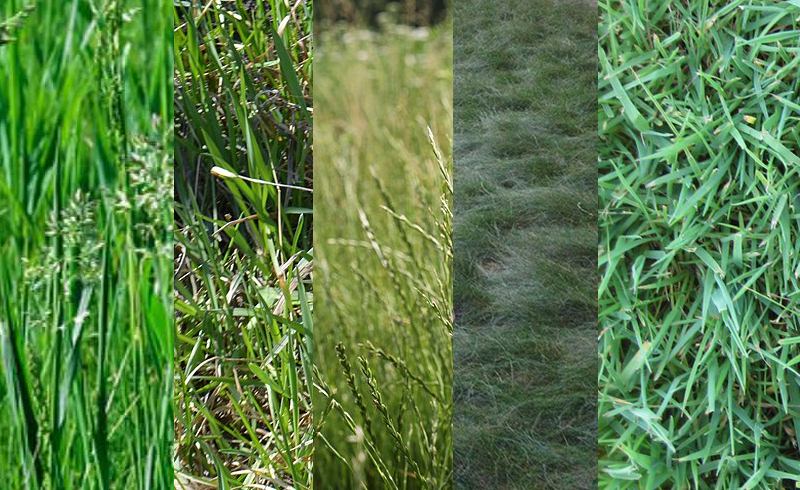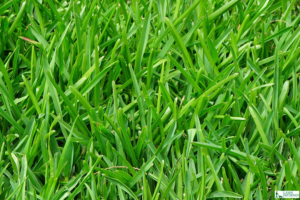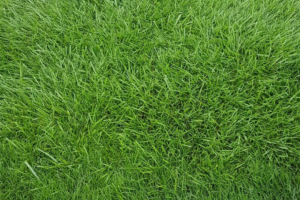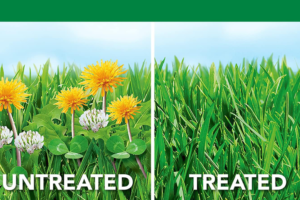
As the world awakens from its wintertime slumber, nature puts on a vibrant show of blossoming flowers and budding trees. Amidst this riot of colors, what could be more enchanting than a lush, green northern lawn, ensconced in your own backyard? It’s time to shed off those winter blues and embrace the nurturing warmth of spring. This is the perfect season to give your northern lawn a much-needed boost to ensure it blooms with health all year round.
Understanding Your Northern Lawn
Homeowners often find themselves battling nature when it comes to keeping their lawns looking green and healthy. The first step in this perennial struggle is understanding that lawns are part of an ecosystem and hence, subject to natural cycles.
Northern lawns predominantly consist of cool season grasses such as Kentucky bluegrass, perennial ryegrass, fine fescue or tall fescue. These grasses thrive in cooler temperatures typically seen in early spring and fall. They do not fare as well in the intense heat of summer or frosty winters which demands a bit more attention on their maintenance during these seasons.
Spring Time – The Onset of Nurturing
As winter recedes and spring arrives with its gentle warmth, it sends an enthusiastic signal to your dormant lawn inviting it to wake up and grow. Grass gets into overdrive absorbing sunlight, nutrients from soil and water from spring showers thereby creating optimal conditions for growth. This season plays a pivotal role as the actions taken during these few months will set the tone for how your northern lawn will flourish throughout the year.
Steps for Boosting Your Lawn
1. Cleanup: Begin by cleaning up any leftover debris from winter – leaves, twigs or fallen branches. This will help prevent any diseases or pests that might have found a haven under this waste.
2. Aeration: Compacted soil can impede the growth of grass as it prevents nutrients, water and oxygen from reaching the root system. Aeration is a simple way to relieve soil compaction. It involves perforating the soil with small holes to allow air, water, and nutrients to penetrate.
3. Overseeding: Even the best-maintained lawns have their share of bare patches or thin spots come spring. These empty spots give an open invitation for weeds to set in. Overseeding essentially means planting grass seeds directly into existing grass to fill in these bare areas.
4. Fertilizing: Spring is the right time for fertilization as it provides essential nutrients that help your northern lawn grow strong and green.
5. Watering: Watering is an essential part of lawn care but it’s not about simply drenching your lawn daily. It’s about watering deeply yet infrequently, aiming for at least one inch per week including rainfall.
6. Mowing: Start mowing once your grass reaches 3-4 inches in height but remember never to cut more than 1/3rd off at one time as it can stress the grass.
7. Weed Control: Lastly, approach weed control sooner rather than later, a pre-emergent herbicide may be used even before weeds appear.
A lush northern lawn certainly demands work but its emerald elegance is worth every bit of effort invested. As you step outdoors with your tools this spring season, remember that lawn care is more than just an item on your spring clean-up checklist; it’s about working cohesively with nature to create a living piece of art that defines your home landscape.
With the right care regimen, armed by knowledge and passion, you can transform your yard into a verdant sanctuary teeming with life which becomes not just the envy of your neighbors but also a place for you and your family to unwind amidst its refreshing beauty.

Bob Green, a passionate lawn care enthusiast with over two decades of landscaping experience, is this website’s proud owner. His vast knowledge of horticulture and dedication to helping homeowners maintain beautiful lawns are reflected in the valuable content he shares on his platform. John has always been interested in Agrostology.














